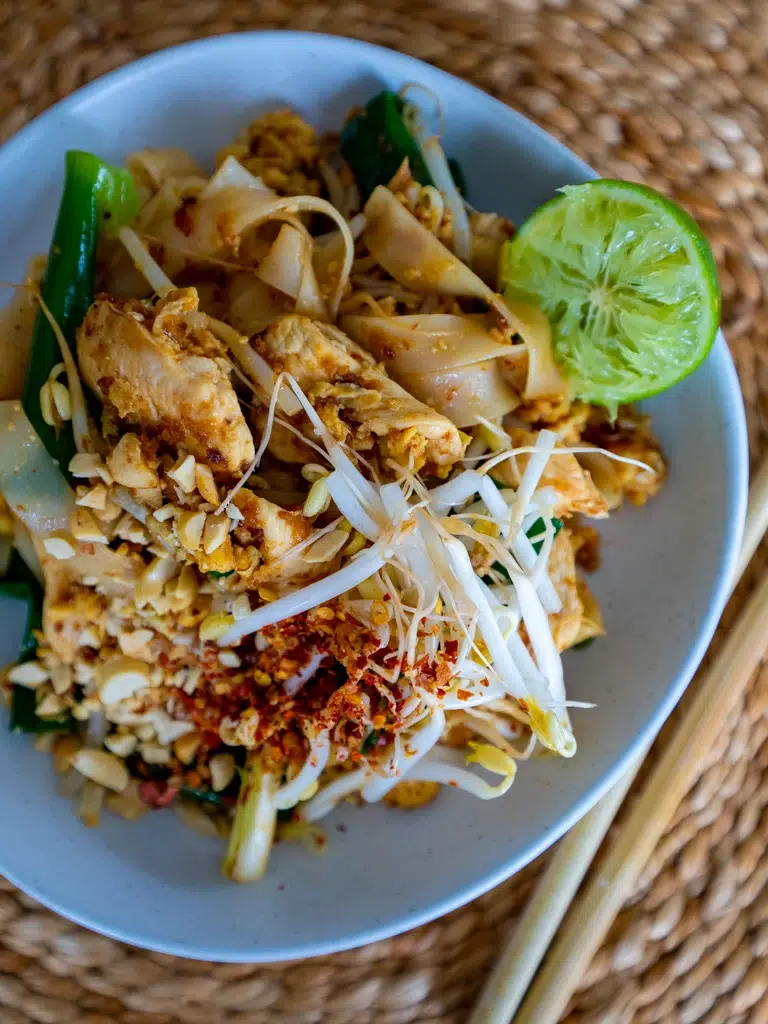
As much as I love making my own stir-fry sauces, sometimes it makes sense to purchase good-quality, ready-made sauces and pastes. Not only is it economical (saving you from buying all the different specialty ingredients required, which end up half-open, cluttering up the fridge), but these good sauces also tend to have a beautiful depth of flavour. I am always on the hunt for the best-tasting options on the supermarket shelves, so I’ve made sure to mention the delicious paste I use for this quick and easy Pad Thai, which is the perfect dinner for busy weeknights. It is made with simple ingredients and requires minimal effort. An added bonus is that any leftover vegetables can be used in this dinner, so nothing goes to waste! Broccoli, green beans, shredded carrot or shredded cabbage are all great additions. Skip the takeaway and enjoy the comfort of this classic in the comfort of your own home!
Can Pad Thai be made ahead?
Pad Thai is best cooked and served immediately but leftovers can be refrigerated for up to 2 days. The noodles will soften, but the results are equally delicious!
Watch how to make Pad Thai
How can I stop my rice noodles from going soggy?
Stop your rice noodles from going soggy and breaking in the pan with this simple technique. Cook the rice noodles as per the packet instructions until just cooked (this will be a few minutes less than the packet instructions suggest). As soon as the noodles have softened in the rapidly boiling water, drain them and rinse in cold running tap water. This will stop the noodles overcooking and breaking in your pan.
Print
Pad Thai
If Pad Thai is one of your favourite takeout dishes, you can now easily make it at home in just 20 minutes. This is a beautiful dinner for a busy midweek night and is sure to become a regular on your meal rotation.
- Total Time: 20 mins
- Yield: 2–3 1x
Ingredients
- 250 g (9 oz) thick rice noodles
- 3 tbsp oil (I use olive oil, but you can also use canola/rapeseed, vegetable or peanut oil)
- 300 g (101/2 oz) boneless, skinless chicken breast, thinly sliced (note 1)
- 4 eggs, whisked
- 1 sachet pad Thai paste (I use the Ayam Hawker Pad Thai paste)
- 1 spring onion (scallion), cut into 2 cm (3/4 inch) batons
- 250 g (9 oz) fresh bean sprouts
- 1 lime, cut into quarters
- 1 tbsp chilli (red pepper) flakes, to serve (optional)
- 1 tbsp crushed peanuts, to serve
Instructions
- Cook the rice noodles as per the packet instructions until just cooked – as soon as the noodles have softened in the rapidly boiling water, drain them and rinse in cold running tap water. This will stop the noodles overcooking and breaking in your pan.
- Heat 2 tablespoons of the olive oil in a large, heavy-based frying pan over medium–high heat and add the chicken. Cook for 2–3 minutes until sealed and lightly browned (the inside will still be raw, which is fine; it will continue cooking).
- Push the chicken to the side. Add the remaining 1 tablespoon of oil and whisked egg. Cook until the egg is firm (for 1 minute).
- Stir through the pad Thai paste and cook for 1 minute.
- Turn the heat off. Add the cooked noodles, spring onion and three-quarters of the bean sprouts to the pan. Use tongs to toss and combine – the residual heat in the pan will heat the ingredients through.
- Serve immediately, topped with the remaining bean sprouts, a squeeze of lime, chilli flakes (if using) and crushed peanuts.
Notes
Note 1 – Cut the chicken breast roughly 5 mm (1/4 inch) thick. Boneless, skinless chicken thighs can be used as a substitute. This recipe also works beautifully with tofu or prawns (shrimp).
MAKE AHEAD
Pad Thai is best cooked and served immediately.
LEFTOVERS
Leftovers can be refrigerated for up to 2 days. Reheat in the microwave. The noodles will soften, but the meal will still be delicious.
- Prep Time: 5 mins
- Cook Time: 15 mins
- Category: chicken, Pad Thai, chicken Pad Thai
- Method: pan
- Cuisine: Thai


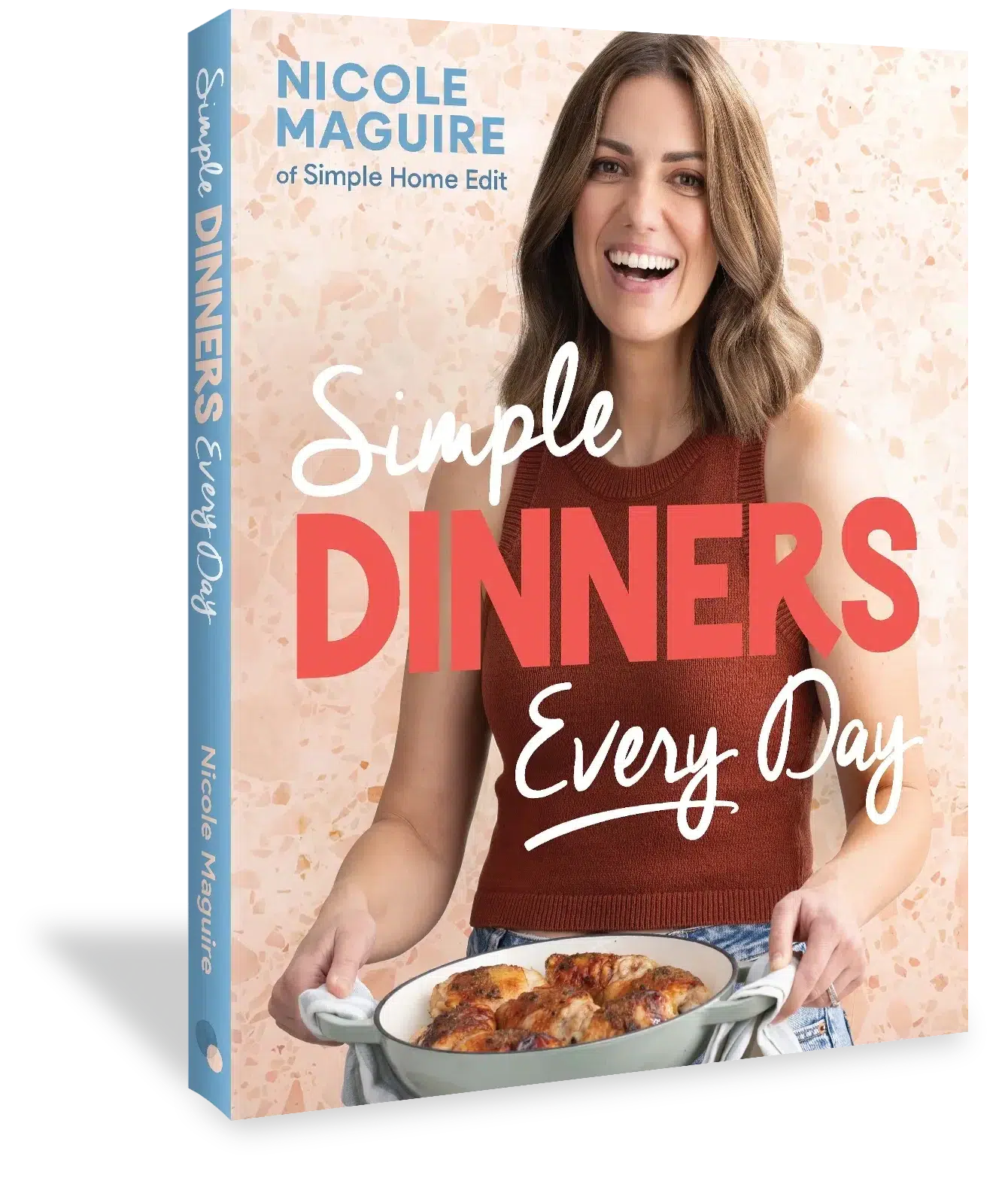
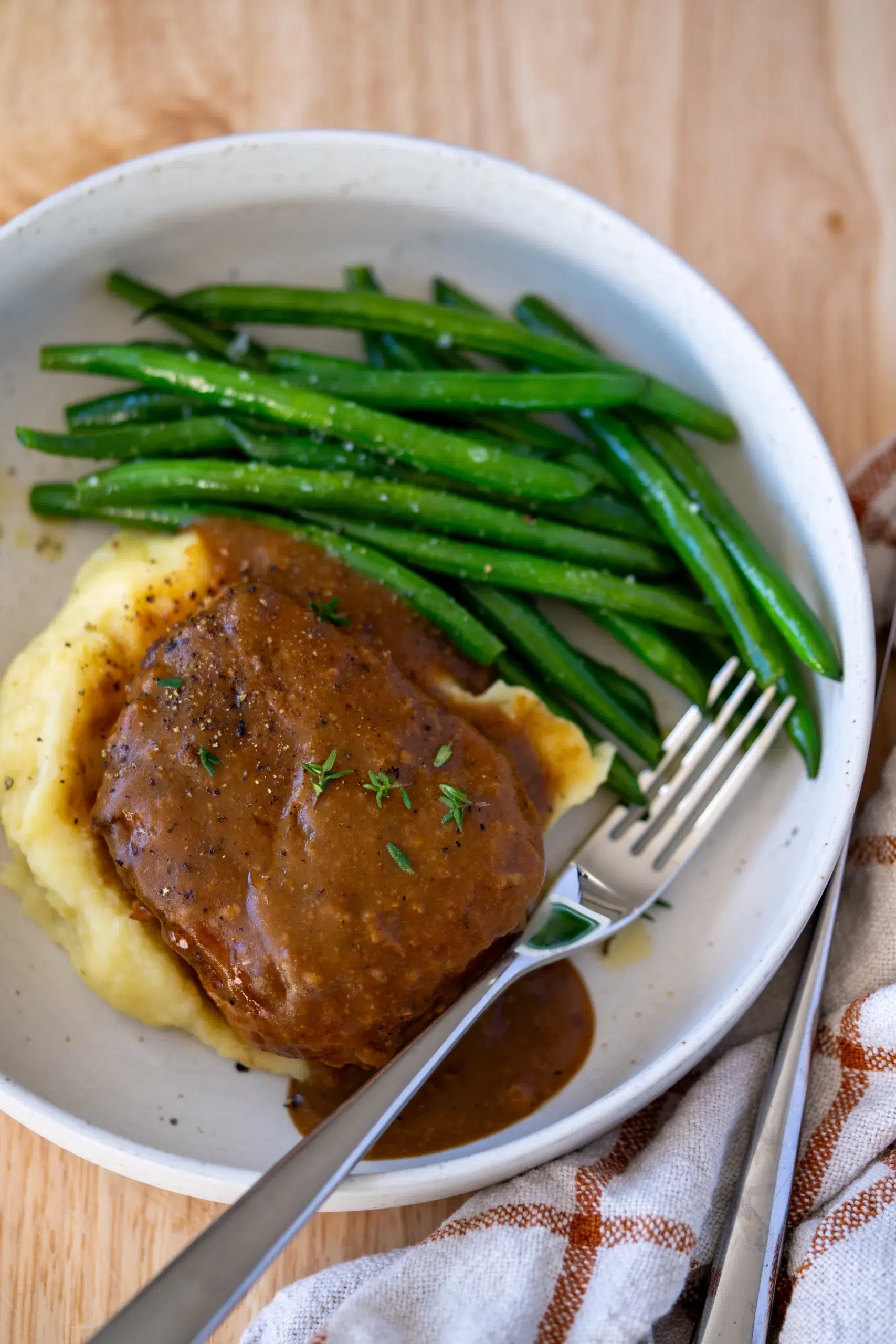
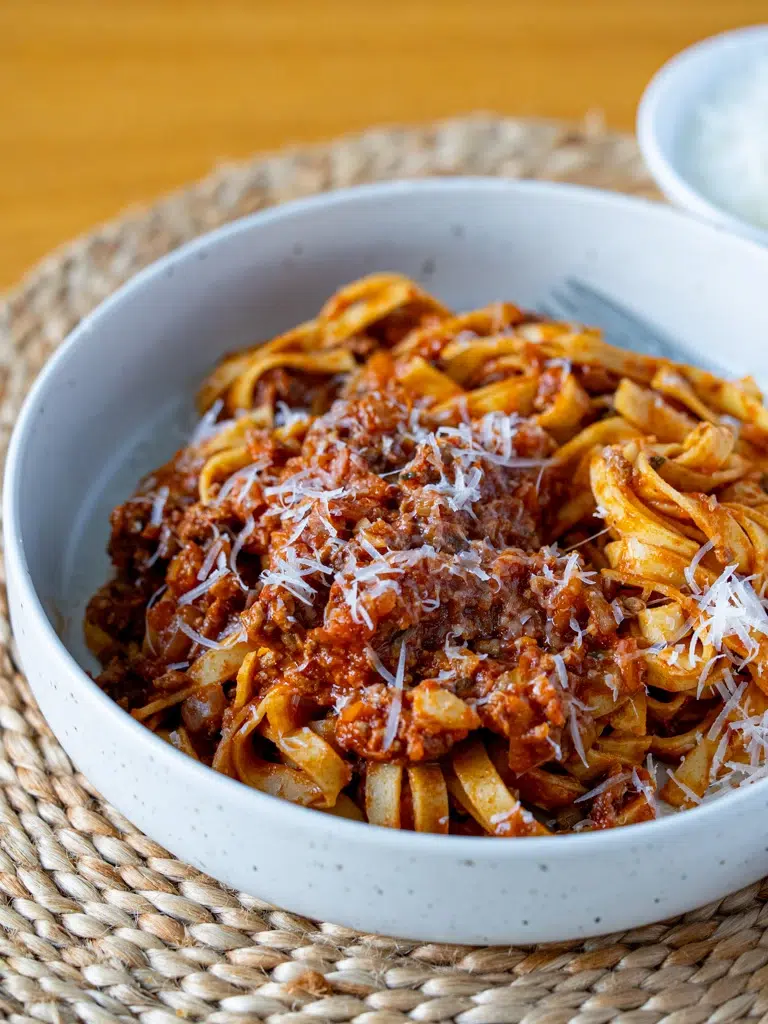
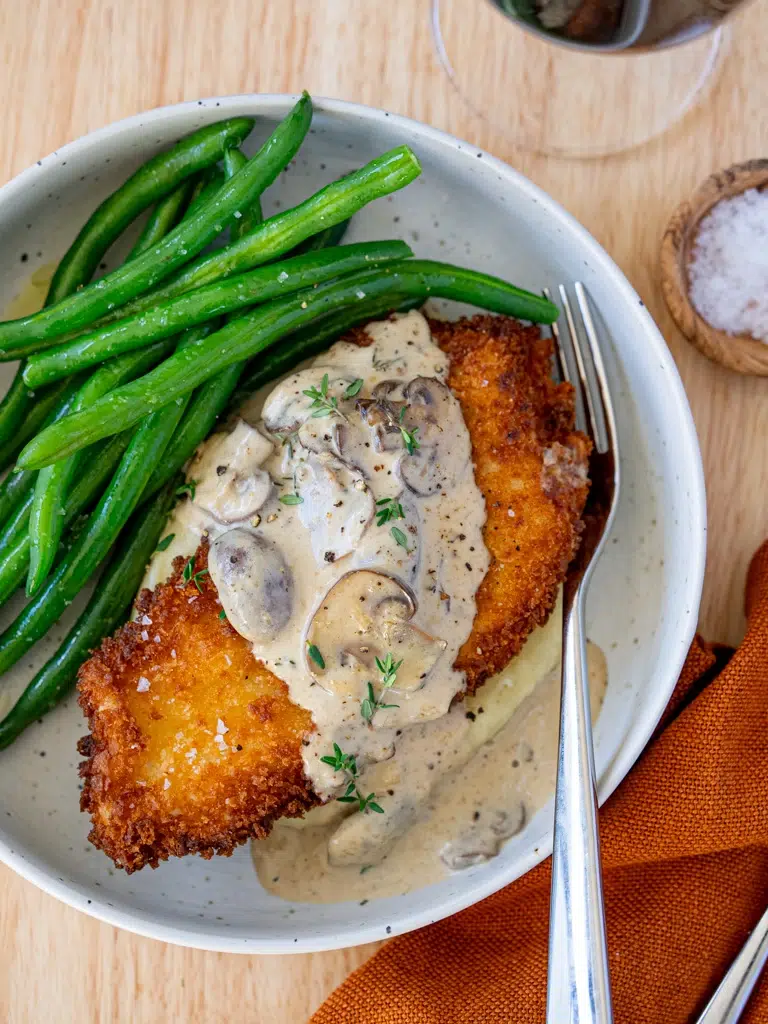
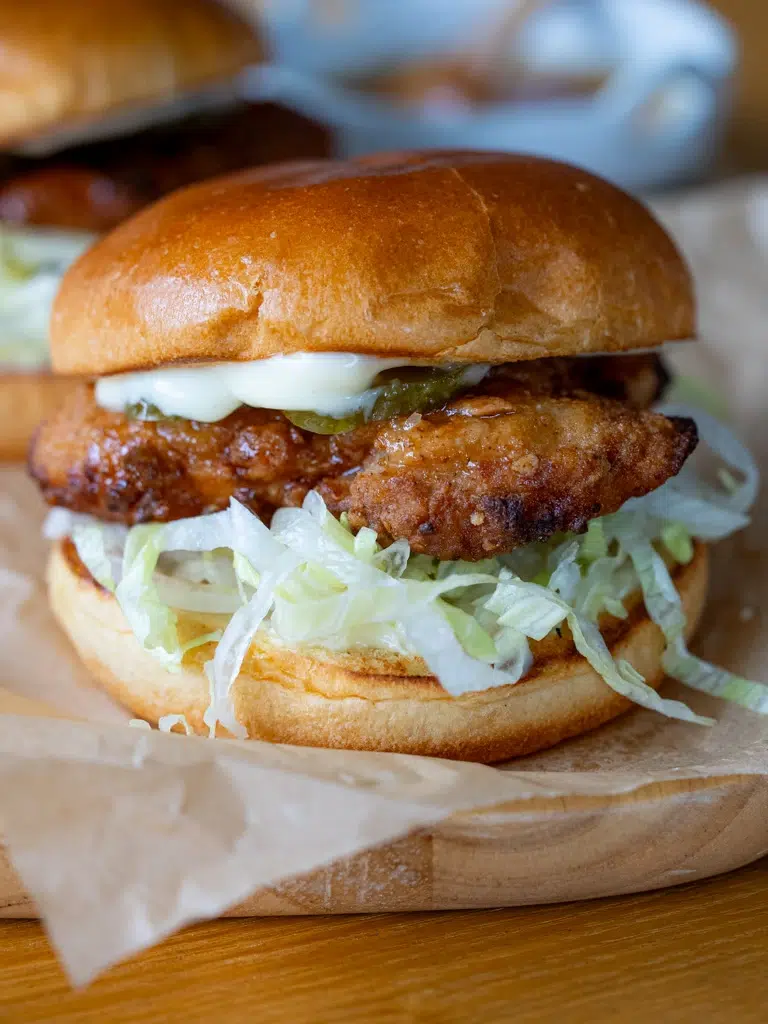
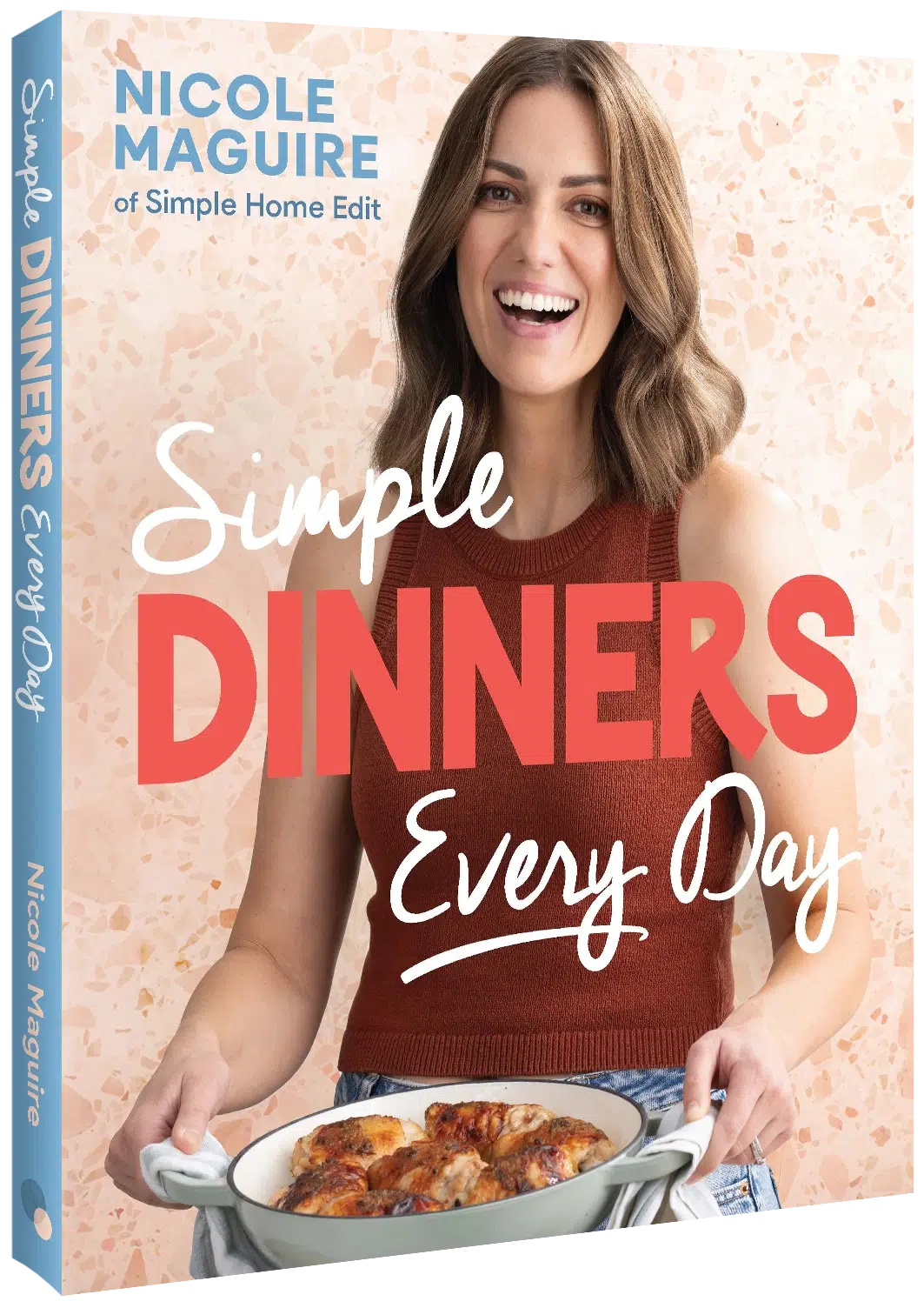


clairephillips says:
Hi! Could be my sleep deprived brain, but I can’t see when to add the pad Thai paste?!
mrsbiancabeck says:
You forgot the add in the instructions when to add the pad thai paste 🙂
I prefer this recipe with less beansprouts personally, but otherwise pretty good.
Lilly says:
This was so delicious and quick! Will definitely be making this again. For those asking, the video shows the Thai paste being added after the egg is cooked in.